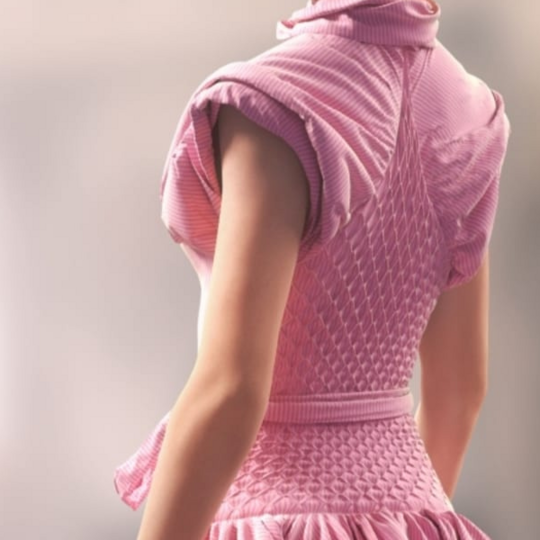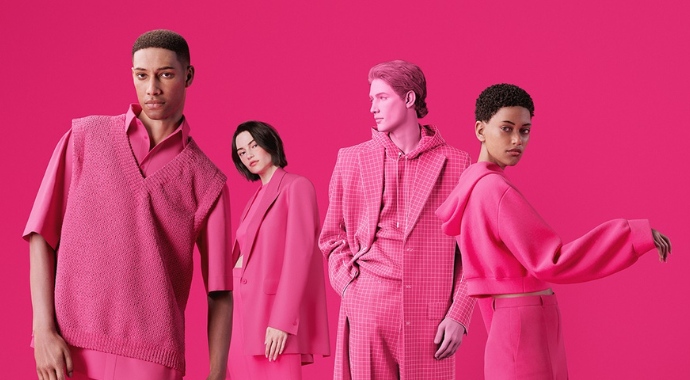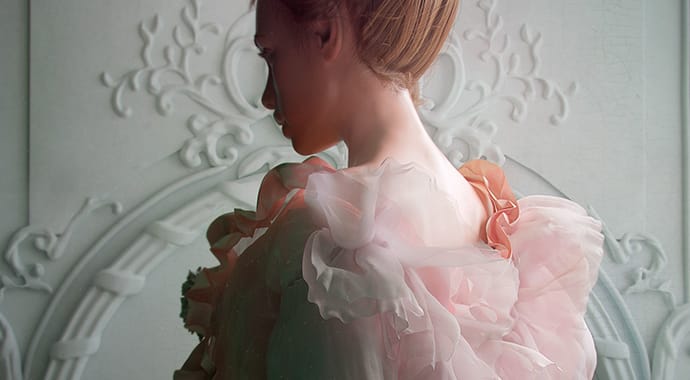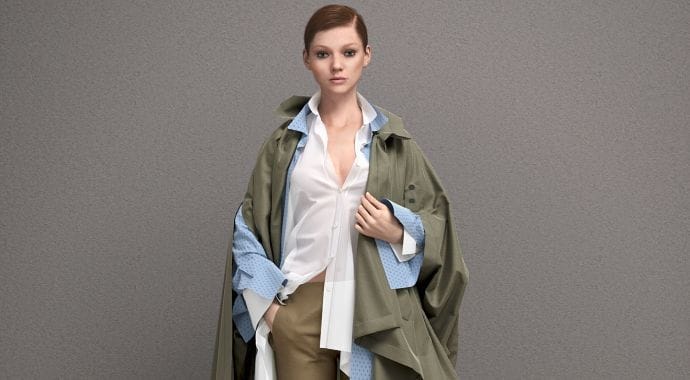Discover how 3D rendering is shaping the future of fashion, from influencing sustainable design to revolutionizing creativity and creating immersive store experiences.
Ready to uncover the impact of 3D rendering in the fashion industry? You've come to the right place. This guide will explore how 3D technology and rendering is reshaping the industry in our new digital landscape, so before you slip into your favorite heels, let's delve into:
- What is 3D rendering in fashion?
- Impact of 3D rendering on fashion brands
- Applications of 3D fashion rendering
- Trends in software for digital fashion
- Industry examples and success stories
- FAQ
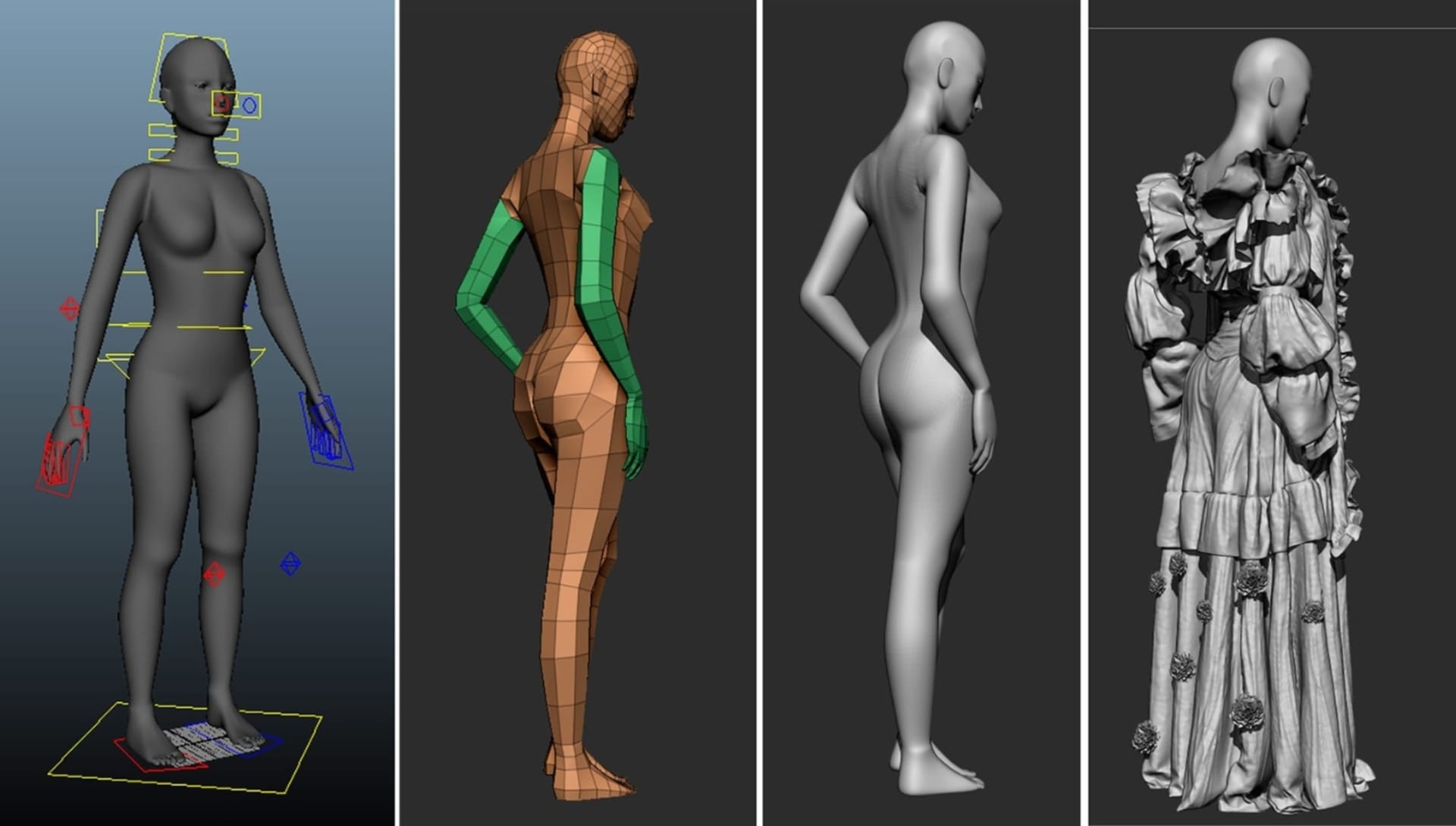
What is 3D rendering in fashion?
3D rendering in fashion encompasses the creation of lifelike digital depictions of clothing and accessories through specialized software. Unlike traditional methods, 3D rendering captures intricate design details, fabric properties, textures, and colors in a virtual environment, revolutionizing the fashion design process.
This technology allows designers to visualize garments in a three-dimensional space, enabling them to experiment with various elements such as patterns, materials, and silhouettes, leading to more efficient and sustainable fashion design iterations.
Additionally, 3D rendering enhances the presentation of fashion products in digital environments, offering consumers a more immersive and interactive shopping experience, ultimately reshaping fashion designers' approach to design, production, and marketing.
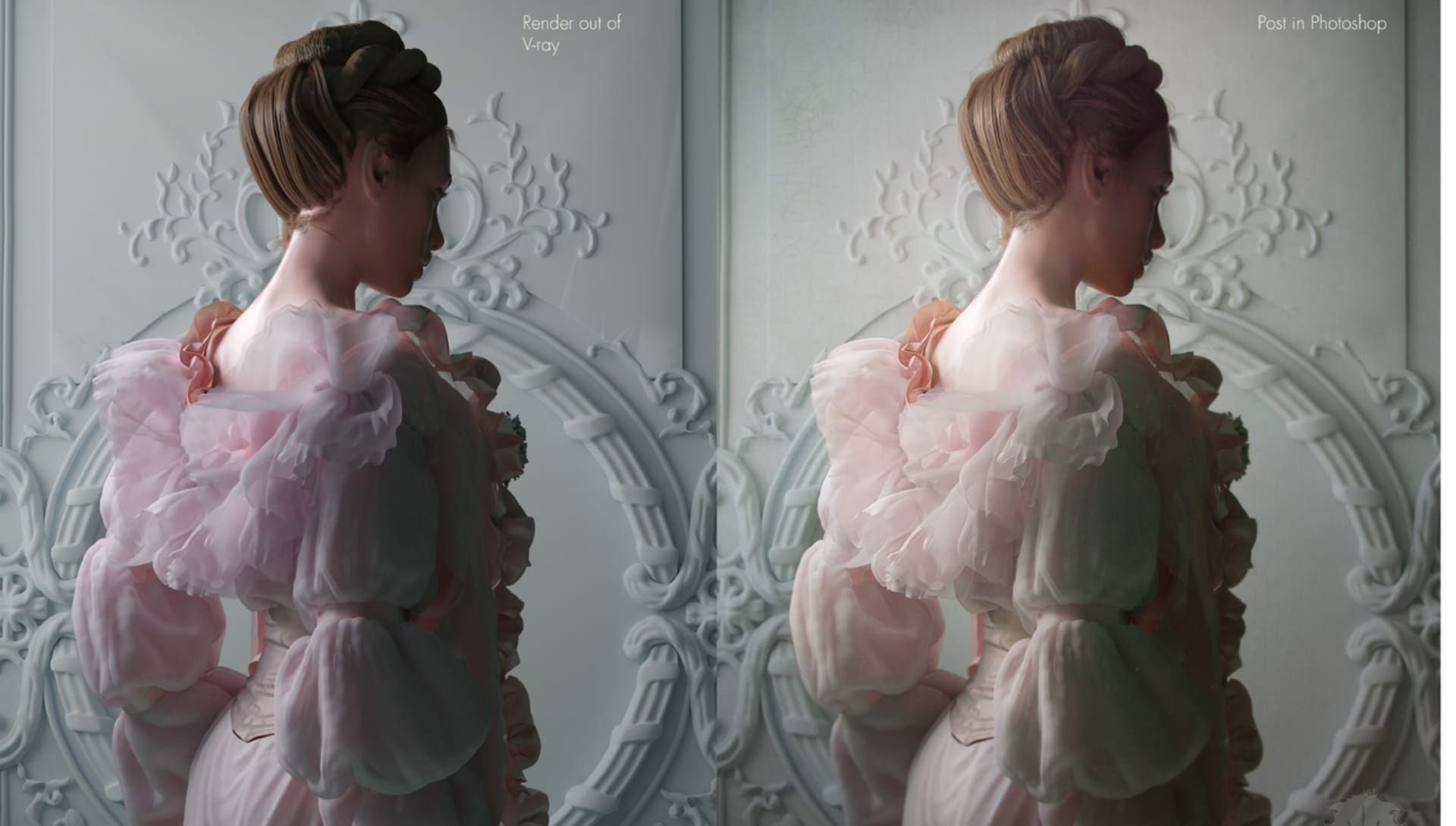
Impact of 3D rendering on fashion brands
The impact of 3D rendering on fashion brands is substantial, offering opportunities to enhance their visual representation, streamline fashion design processes, and realize cost-saving benefits.
Additionally, 3D rendering supports sustainable practices by minimizing material waste and energy consumption associated with traditional manufacturing methods. Brands are leveraging 3D rendering to improve the efficiency of their design and production processes. They also use it to elevate their brand identity and engage consumers with compelling visual content.
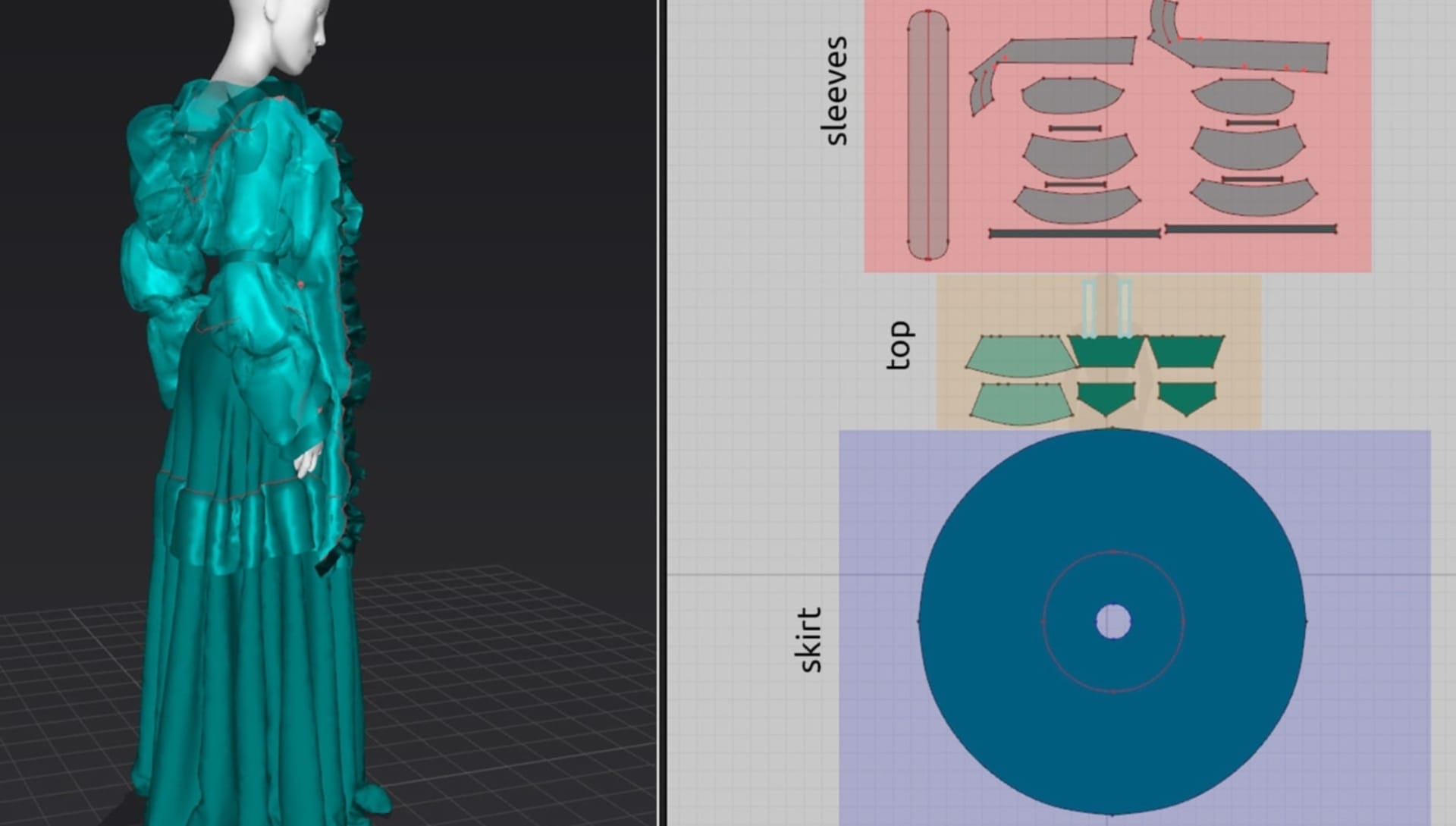
Efficient design process
In the fast-paced world of fashion, agility and adaptability are crucial, and 3D rendering empowers designers with the ability to iterate and prototype their creations swiftly. By leveraging 3D rendering, fashion companies and their designers can explore various design variations, experiment with different fabric patterns, and fine-tune details without the constraints of physical prototyping.
This accelerates the product design process and fosters a culture of experimentation and innovation, enabling designers to push the boundaries of creativity. Moreover, 3D rendering facilitates seamless collaboration between design teams, allowing for real-time feedback and adjustments, ultimately resulting in more refined and impactful collections.
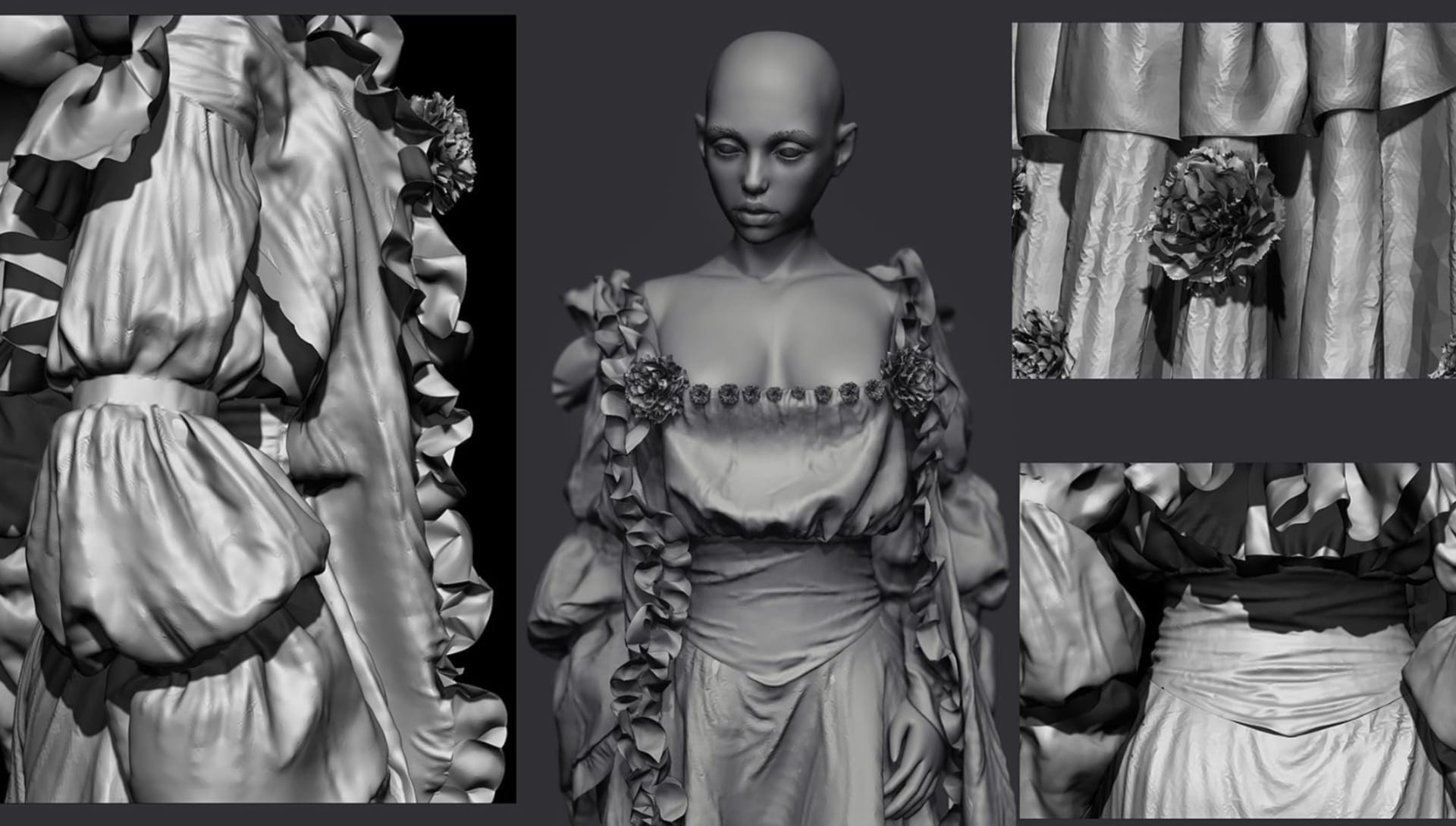
Better visuals
In the realm of fashion, 3D rendering serves as a game-changer by providing an unmatched level of visual fidelity. It allows designers to capture the essence of fabric textures, from the delicate weave of silk to the rugged feel of denim, in striking detail.
The technology also excels at replicating a diverse array of colors, ensuring that the garment hues are impeccably portrayed, whether it's the rich, earthy tones of natural dyes or the vibrant pop of a modern color palette.
Furthermore, 3D rendering doesn't just depict the overall look of a piece; it also captures design subtleties, such as intricate stitching, embellishments, and unique silhouettes, bringing them to life in a way that traditional photography or illustration simply cannot match.
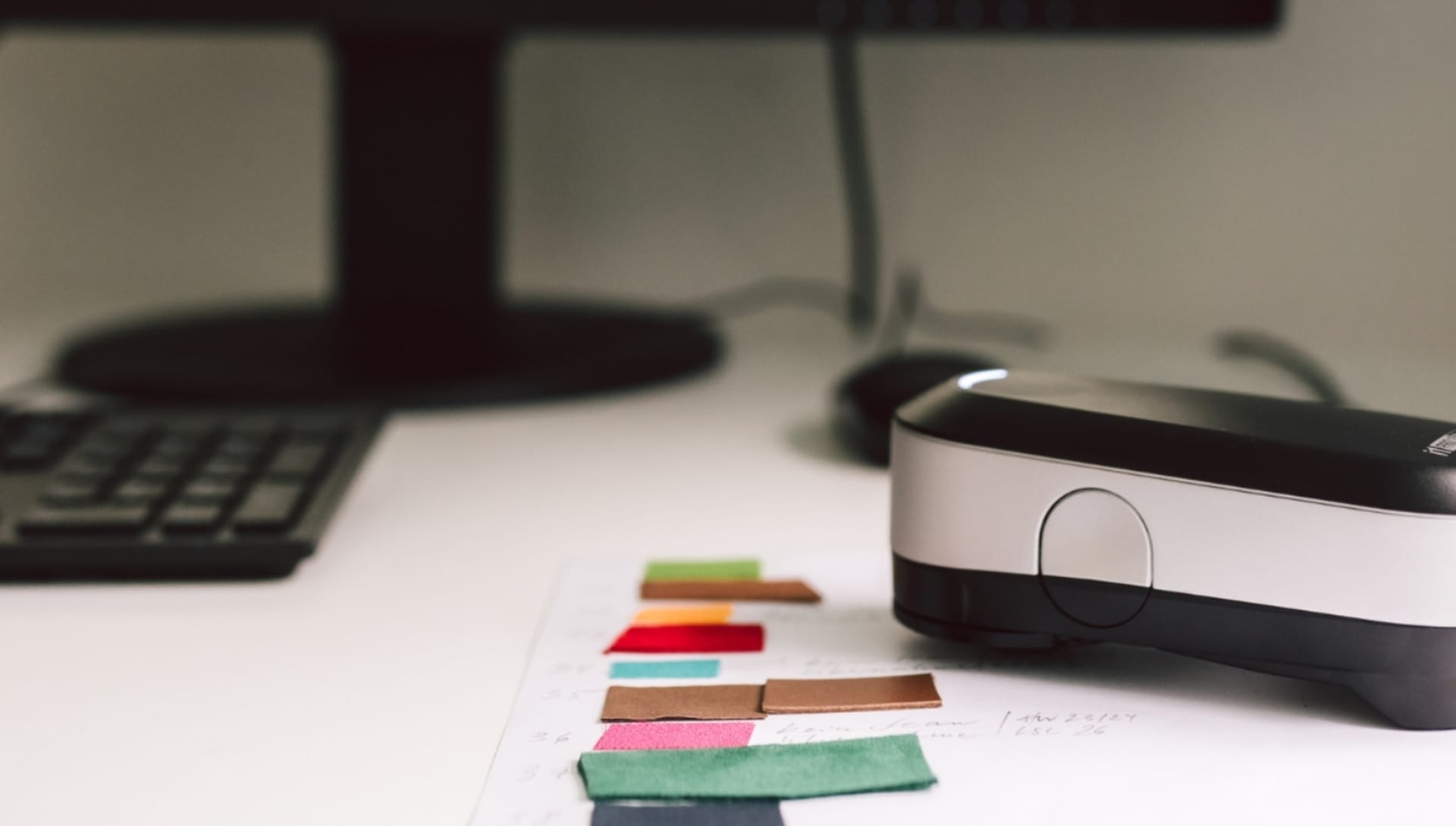
Cost-saving opportunities
The integration of 3D rendering in the fashion industry presents substantial cost-saving opportunities for many brands across various stages of the production cycle. By reducing the need for physical prototypes and extensive photo shoots, brands can significantly curtail expenses related to material sourcing, sample production, and photo studio rentals.
Additionally, visualizing and refining designs digitally minimizes the likelihood of costly errors or missteps during the early stages of product development, ultimately saving time and resources. Furthermore, the enhanced production speed and efficiency facilitated by 3D rendering contributes to shorter lead times, enabling brands to respond more swiftly to market demands and trends while optimizing their operational costs.
Additionally, using digital assets in marketing and e-commerce efforts reduces the need for physical photo shoots and allows for more versatile and dynamic product presentations, leading to further cost efficiencies and enhanced consumer engagement. As a result, 3D rendering not only revolutionizes the design and creative process, but also offers substantial financial benefits to brands, making it an invaluable tool in today's competitive and rapidly evolving industry.
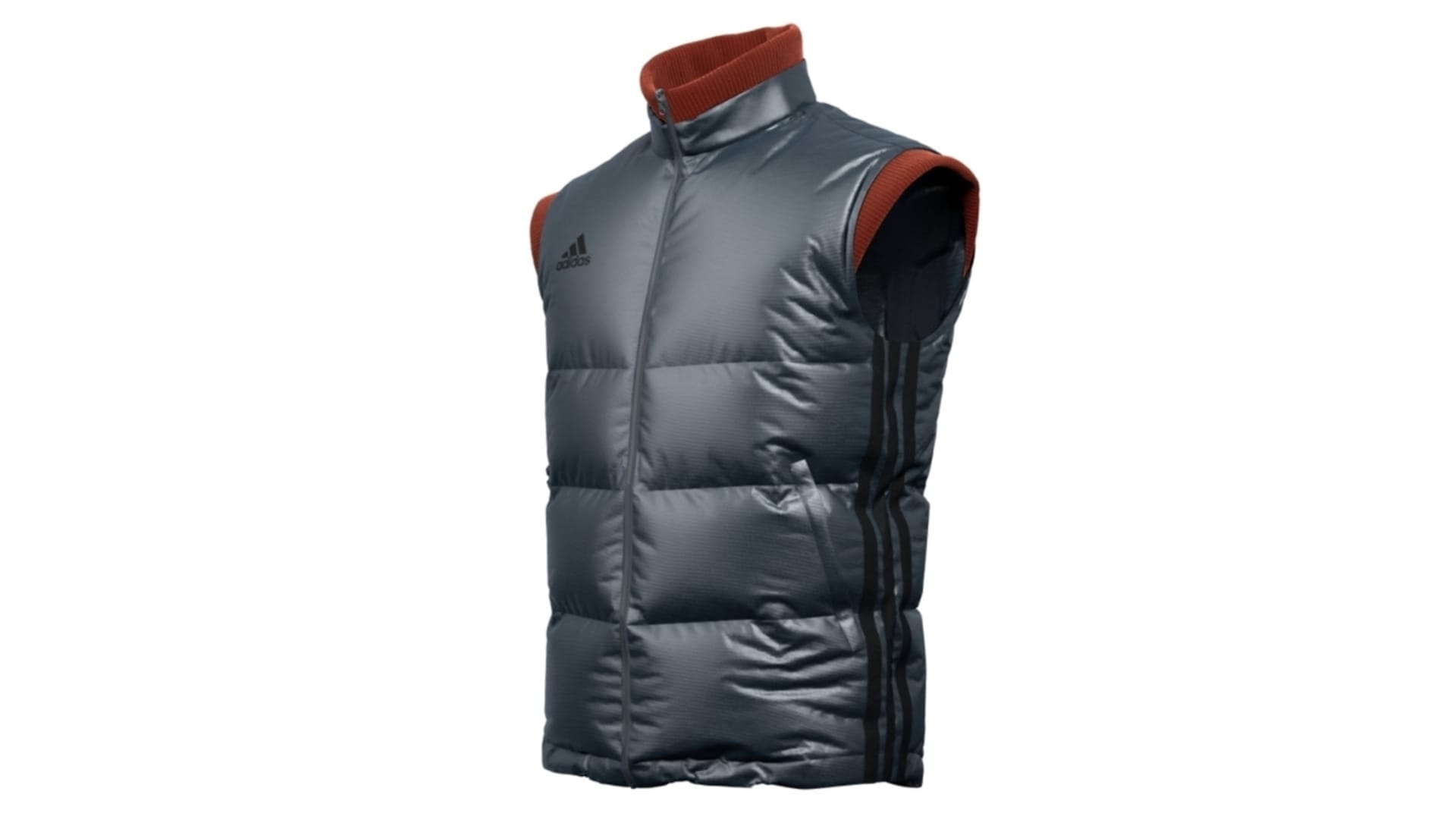
Supply chain transformation
The transformative potential of 3D rendering extends beyond the creative realm, as it holds the key to revolutionizing the entire fashion supply chain.
By harnessing digital designs and virtual design tools, brands can minimize the reliance on physical samples, thereby streamlining the sampling process and reducing the associated time and resource investments.
Furthermore, digitalizing design assets facilitates seamless communication and collaboration with manufacturing partners, ensuring greater precision and alignment in bringing designs to life.
This digital-first approach enhances operational efficiency and contributes to a more sustainable and agile supply chain, laying the groundwork for a more adaptive and responsive industry landscape.
As the workflow of fashion designers undergoes a digital transformation, the integration of 3D rendering technology is poised to reshape traditional processes for the industry, optimize resource utilization, and drive sustainable innovation across the entire value chain.
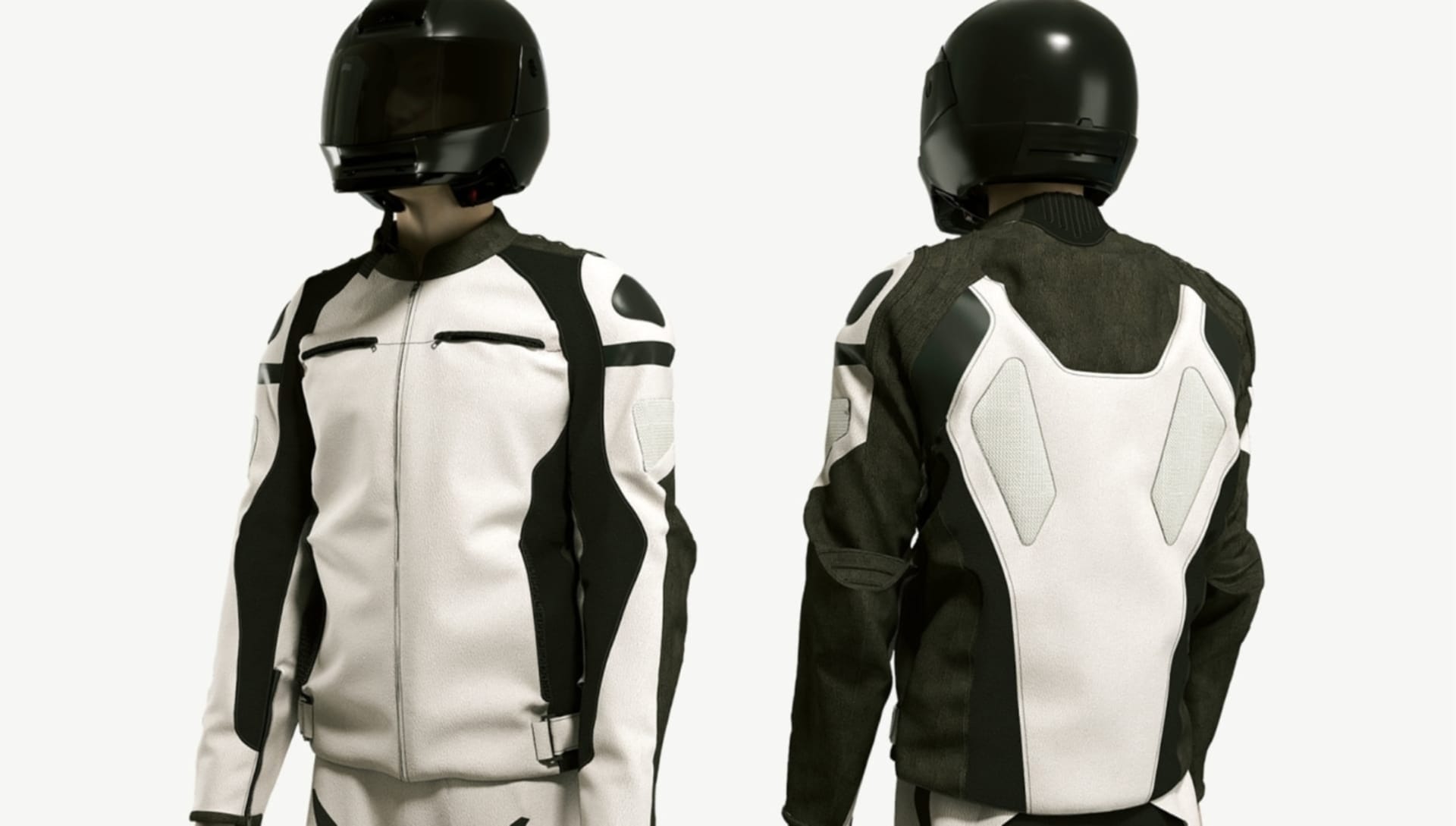
Reducing waste and environmental impact
In an era where sustainability is a paramount concern in the fashion industry, integrating design platforms such as DMIx and Marvelous Designer, which facilitate the creation of lifelike 3D clothing, emerges as a transformative solution for curbing waste and mitigating environmental impact.
By minimizing the reliance on physical samples and prototypes, apparel brands can significantly reduce their material consumption, contributing to more sustainable design and overall production speed.
Additionally, visualizing and refining designs digitally enables more informed decision-making, leading to reduced overproduction and associated waste. Also, the optimized supply chain enabled by 3D rendering technology promotes greater efficiency in manufacturing and distribution processes, further diminishing the industry's environmental footprint.
Applications of 3D fashion rendering
3D fashion rendering is transforming the industry and the way fashion designers work, with its wide-ranging applications reshaping traditional clothing design and production processes.
From virtual fashion shows and digital showrooms to personalized fashion ideas, virtual fitting rooms and interactive e-commerce experiences, its applications are expanding the boundaries of creativity and innovation within the fashion landscape.
Let's explore the key applications in more detail.
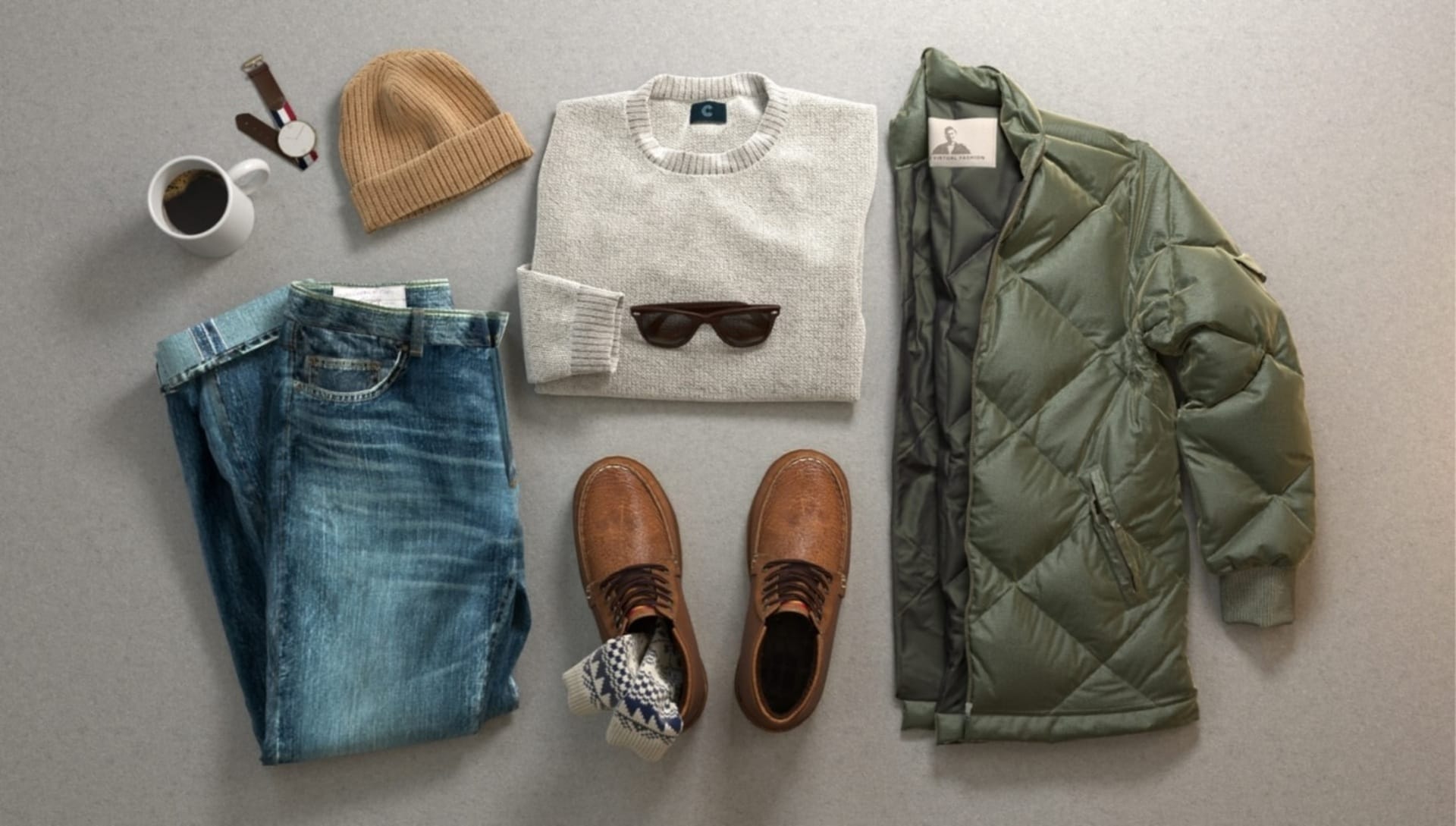
3D rendering technology for e-commerce
3D rendering technology is revolutionizing the way online shops are advertising clothing. It allows businesses to display hyper-realistic clothing, enabling customers to visualize how garments will fit and look on them prior to making a purchase. This can lead to increased customer satisfaction and fewer returns.
The degree of customization allowed with 3D visualization is at its highest level, allowing apparel companies to expand beyond their typical segment. This technology also enables the creation of clothing samples using different fabric types, sizes, textures, and details, which was previously time-consuming and expensive.
Personalization and customization
3D rendering technology enables personalized and customized fashion experiences. It simplifies the design development process, saving time and money while reducing environmental impact.
This technology also allows for the rapid creation of full digital avatar renderings, achieving personalization for individual clients or duplicates with minor changes to suit specific preferences. Additionally, it facilitates the creation of virtual clothing, eliminating the need to use real fabrics or sew by hand, thus transforming clothing design and manufacturing.
Virtual fashion shows
The impact of 3D rendering on virtual fashion shows is significant. It offers advantages such as global accessibility and immersive experiences. Digital design software and 3D assets are now key technologies in fashion supply chains, streamlining the design workflow for rendering and pattern-making and engaging customers via augmented reality and video games. This technology enables brands to connect with audiences worldwide, resulting in stronger brand affinity.
Trends in software for digital fashion
The trends in software for 3D rendering digital fashion designs are continuously evolving to meet industry demands. Designers are increasingly turning to advanced software tools such as Marvelous Designer, Clo3D, CLO Virtual Fashion, and Browzwear for their 3D rendering needs.
The industry is also seeing an increased adoption of powerful rendering engines like V-Ray, known for its ability to produce high-quality, photorealistic renderings, adding another dimension of realism to the digital fashion design process.
These platforms offer a comprehensive suite of features, including realistic fabric simulation, accurate draping, and customizable avatars, enabling designers to create lifelike digital prototypes of garments and accessories.
Moreover, integrating augmented reality (AR) and virtual reality (VR) technology within these software solutions allows for immersive and interactive experiences, revolutionizing the way fashion products are visualized and presented.
As the industry embraces digital transformation, the software used for 3D rendering digital fashion designs is expected to continue evolving to provide more intuitive interfaces, enhanced collaborative capabilities, and seamless integration with other design and production tools, shaping the future of fashion design and visualization.
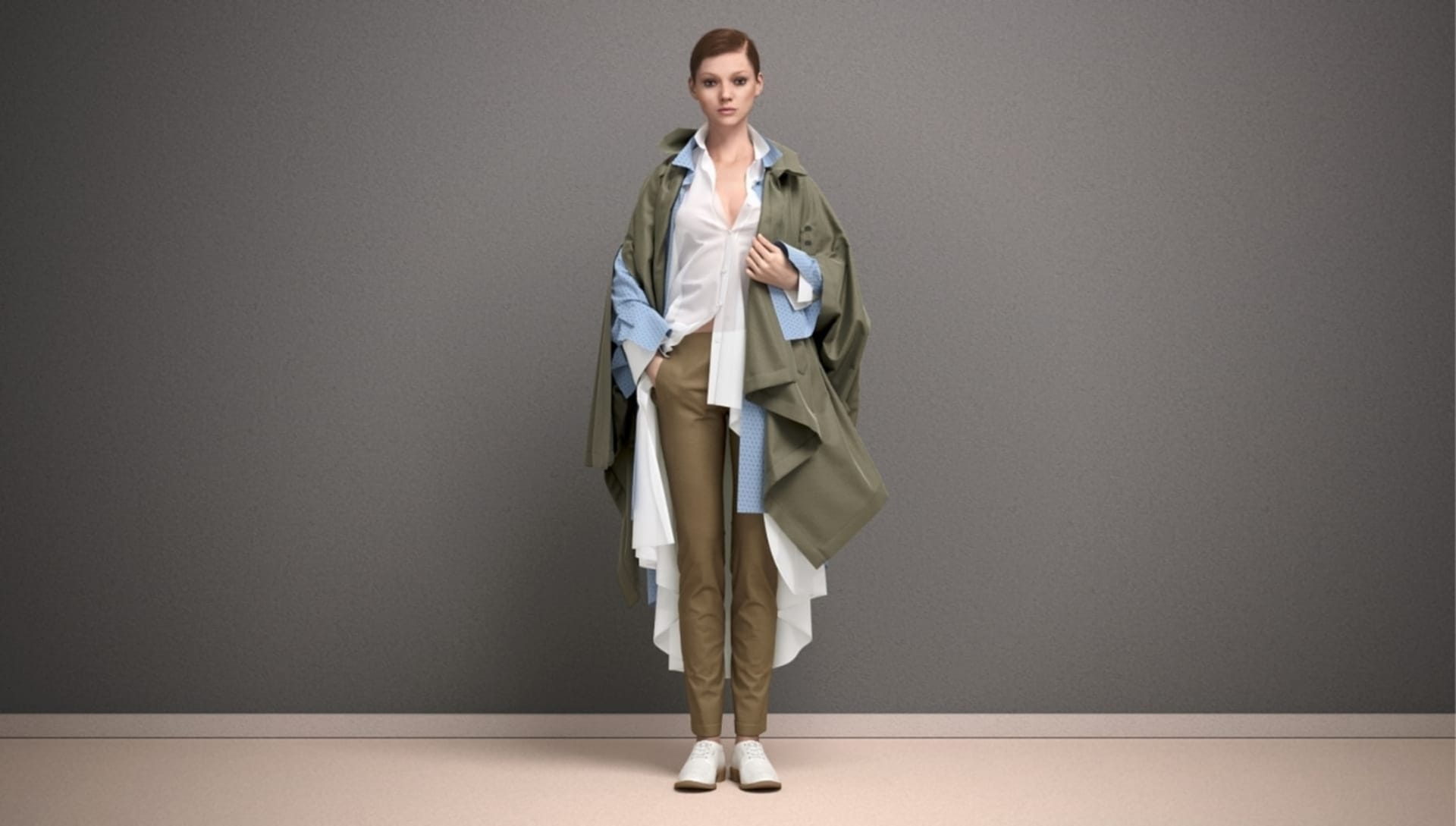
Industry examples and success stories
Both luxury and fast fashion brands are now taking advantage of 3D rendering technology to streamline the design development process, reduce time and cost, and connect with global audiences.
For instance, companies are using digital templates instead of paper drafts, resulting in time and cost reductions for artists and creative personalities. Here are some brands that have experienced positive influences on sustainability practices by leveraging 3D rendering:
- Tommy Hilfiger: The brand has integrated digital 3D assets into its collection design, aiming to accelerate speed-to-market and equip the brand with necessary marketing and retailing tools to meet its sustainability endeavors and stay competitive in the marketplace.
- Diane von Furstenberg: The brand is transitioning its design process from the production of two-dimensional sketches into three-dimensional renderings. This transition is expected to help the brand's sustainability efforts by visualizing design changes before going into production, thus reducing waste.
- Farfetch: The company has leveraged digital renders in partnership with digital fashion marketplace
DressX to dress influencers before its pre-sale offerings, indicating a growing interest in digital fashion and its potential impact on sustainability.
- Panaprium: The company emphasizes the importance of 3D fashion design in strengthening sustainability. It highlights the usefulness of 3D design, 3D virtual sampling, and digital prototypes in avoiding waste, shortening development time and costs, and improving product quality.
FAQ
How is 3D design used in fashion?
3D design in fashion involves creating digital representations of clothing and accessories to streamline the design process and enhance visual representation.
How has 3D modeling changed the fashion industry?
3D modeling has revolutionized the industry by enabling rapid prototyping, cost-saving opportunities, and sustainable design practices.
What is 3D virtual fashion?
3D virtual fashion refers to the digital representation of clothing and accessories, offering personalized and immersive consumer experiences.
What are the benefits of 3D clothing?
3D clothing provides a lifelike visual representation, streamlines design processes, and is key in mitigating waste and minimizing environmental impact within the apparel industry.




